There are a variety of pressure switches on the market, each one having special features that are specifically designed for certain applications. Having a variety of options is a good thing, but with that can come some confusion. We have taken the time to hear your questions and provide some in depth answers to provide a straight forward guide for you to refer to.
In this blog, we have taken five frequently asked questions regarding pressure switches and provided answers, including pictures to help squash any confusion.
For an extensive explanation of what a pressure switch is, how they work and some helpful tips, check out our Webinar, An Essential Guide to Understanding Pressure Switches.
1. What is Differential?
Differential, commonly known as range, is the difference in pressure between the cut-out (trip point)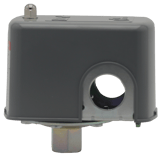 and the cut-in (reset point). The differential can be adjustable or nonadjustable (fixed), depending on the make and model of the pressure switch. For example, if the cut-out is 50 PSI and the cut-in is 30 PSI then the differential is 20 PSI ( 50-30 PSI). Adjustable differential is the actuation range that the pressure switch can be adjusted in the field.
and the cut-in (reset point). The differential can be adjustable or nonadjustable (fixed), depending on the make and model of the pressure switch. For example, if the cut-out is 50 PSI and the cut-in is 30 PSI then the differential is 20 PSI ( 50-30 PSI). Adjustable differential is the actuation range that the pressure switch can be adjusted in the field.
You may run into someone referring to differential as "dead-band". It is good to remember that differential and dead-band are the same thing. The reason some people call it dead-band is because it is referred to the difference between the actuation point and the re-actuation point in the pressure switch. If a pressure switch is set to operate at 60 PSI on increasing pressure, the switch will actuate when the pressure rises to that point. When the pressure drops to 40, the switch actuates again (reactivation point). The dead-band of the switch is 20 PSI which is the difference between the set point (60 PSI) and the reactivation point (40 PSI).
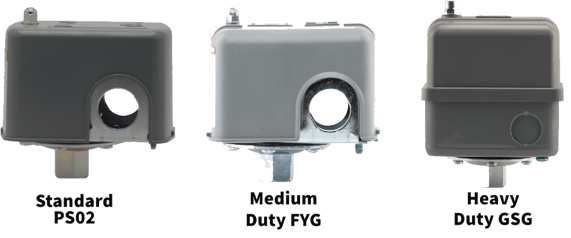
For a step-by-step guide on how to accurately adjust your pressure switch, take a look at our blog, How to Properly Adjust your Pressure Switch.
2. What is a Reverse Acting Pressure Switch?
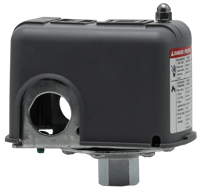 A reverse acting pressure switch is designed with contacts that normally open (N.O). The contacts open on the falling pressure and close on the high pressure. This would occur with the rise in air or water pressure. Reverse acting pressure switches are designed for ground ignition on gas driven pumps and compressors when the desired maximum pressure is reached. They can also act as a low pressure alarm and they can turn off motors in 9013FRG22J22 low pressure situations. Reverse acting switches can act as a remote switch for circuits that make contact to turn off the motor, preventing pump operation at low pressure.
A reverse acting pressure switch is designed with contacts that normally open (N.O). The contacts open on the falling pressure and close on the high pressure. This would occur with the rise in air or water pressure. Reverse acting pressure switches are designed for ground ignition on gas driven pumps and compressors when the desired maximum pressure is reached. They can also act as a low pressure alarm and they can turn off motors in 9013FRG22J22 low pressure situations. Reverse acting switches can act as a remote switch for circuits that make contact to turn off the motor, preventing pump operation at low pressure.
3. What is a Pressure Switch with a “Low Pressure Cut-Off” feature?
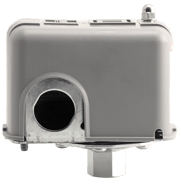
Low pressure cut-off switches include all of the same features as a standard type pressure switch. They also include a low pressure on-off feature that aids in preserving the life of the pump. When the pressure in the system drops to around 10 PSI below the set cut-in point, for many different reasons including low water condition, the switch will open, allowing the pump to turn off. Once the condition has been relieved, the manual lever is turned to the start position. If the pressure is restored while holding there, the switch will be 9013FSG2J20M4 able to resume normal operation.
- 20-40 Low Pressure Cut-Off activated at approx. 10 PSI
- 30-50 Low Pressure Cut-Off activated at approx. 20 PSI
- 40-60 Low Pressure Cut-Off activated at approx. 30 PSI
The initial start up of the pressure systems utilizes pressure switches with low pressure cut-out features. You must manually engage the switch by holding the contacts closed. Holding the lever in the start position allows the pump to build the pressure in the tank to within 10 PSI of the cut-in pressure setting of the switch. The manual lever also includes an off position for complete pump shut downs.
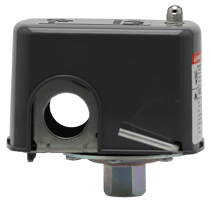 4. What is an Auto-Off Pressure Switch?
4. What is an Auto-Off Pressure Switch?
Auto-off pressure switches include a manual on/off lever. The lever allows you to manually turn off the pump system for an extended period of time. When the lever is in the on position, the switch is in "automatic" operation and will turn on and off at the preset cut in and cut out pressure setting. To clarify, the difference between an auto-off switch and a regular PS02AO-3050 switch, a regular does not give you the option to turn it off by moving the switch.
5. When do I use a Pressure Switch with the Pulsation Plug feature?
Form "P" switches are commonly used on systems that use piston pumps, the pulsation plug enables the pressure switch to operate on those types of pumps with responding to the pressure spikes at the end of the piston stroke. 
In a pressure switch, the function of the pulsation plug is drastically slow the flow of water in and out of the diaphragm chamber of the switch to reduce surges of pressure change. A switch that has a plug installed can sense pressure changes over significantly longer intervals, not responding to sudden spikes in pressure. Not having the plug would result in the spike of pressure causing the contacts to open, shutting off the power to the pump, 9013FSG2J20P only to be turned right back on because the piston is on the back stroke. This results in the system not being able to operate.
In Conclusion:
By providing educational content, our goal is to help answer any of your relevant questions that will ensure you have all the knowledge to safely and properly use a product. If you have any other questions regarding pressure switches, feel free to reach out and we will do our best to provide an easy and effective answer.
Have further questions about this subject?

Head over to Boshart's Knowledge Base: technical product information, guidelines, and more.


.png)

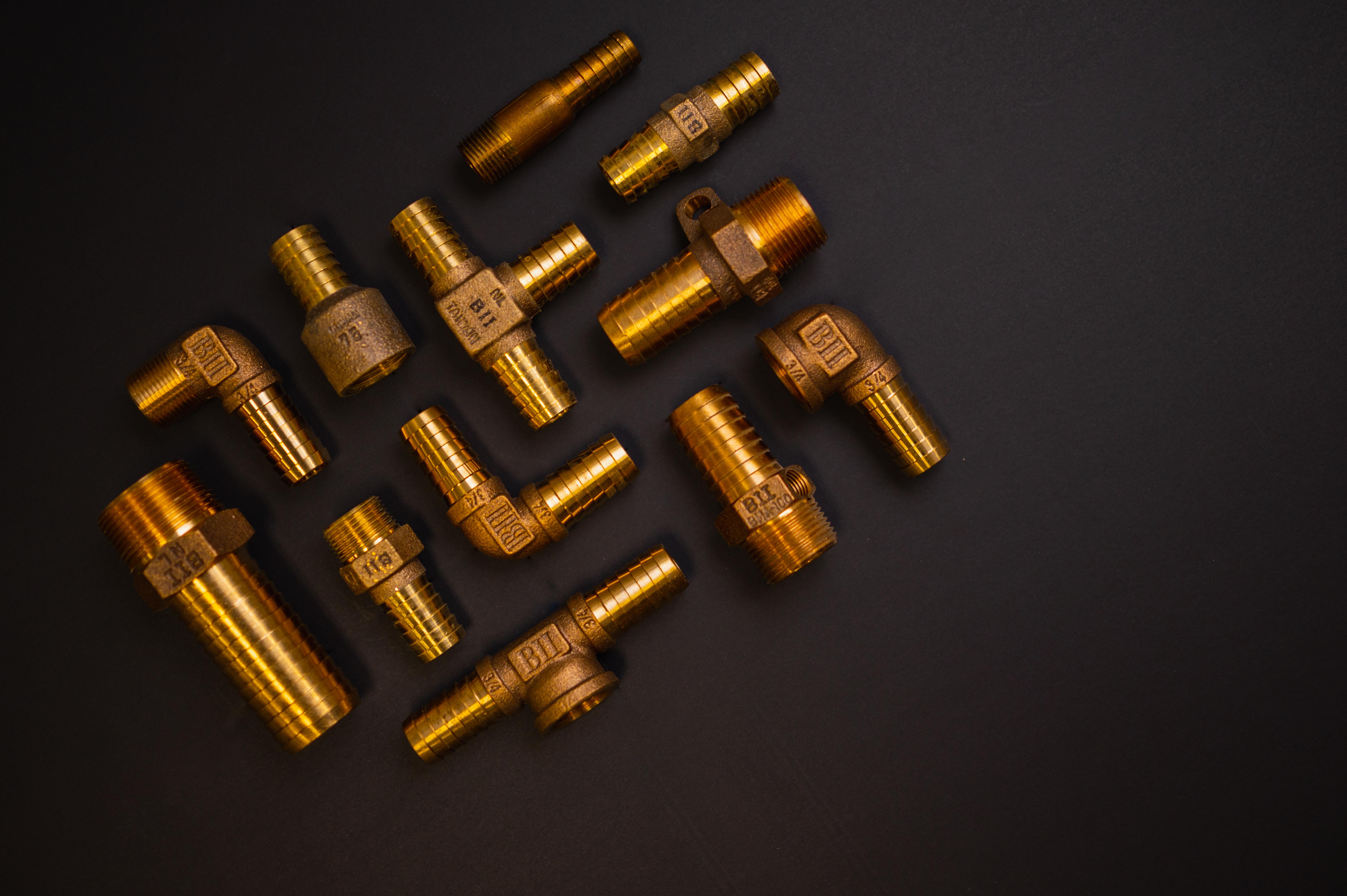
SHARE